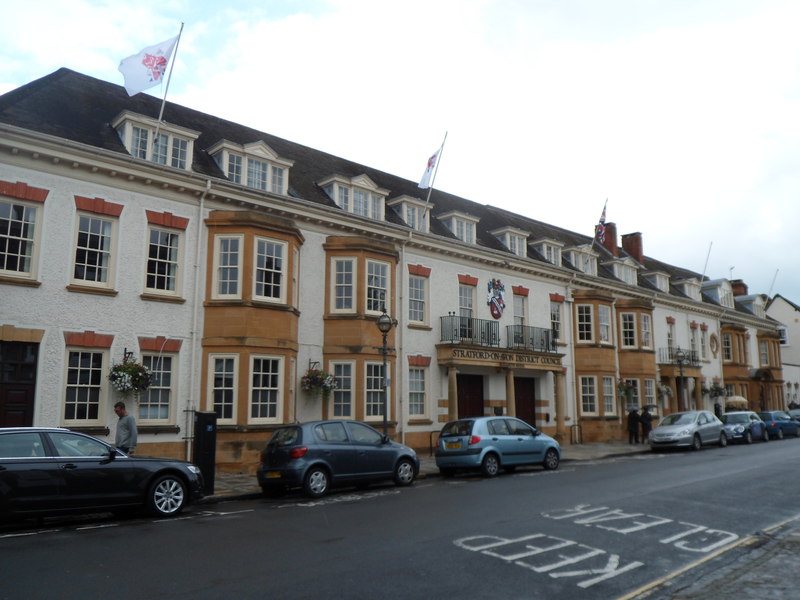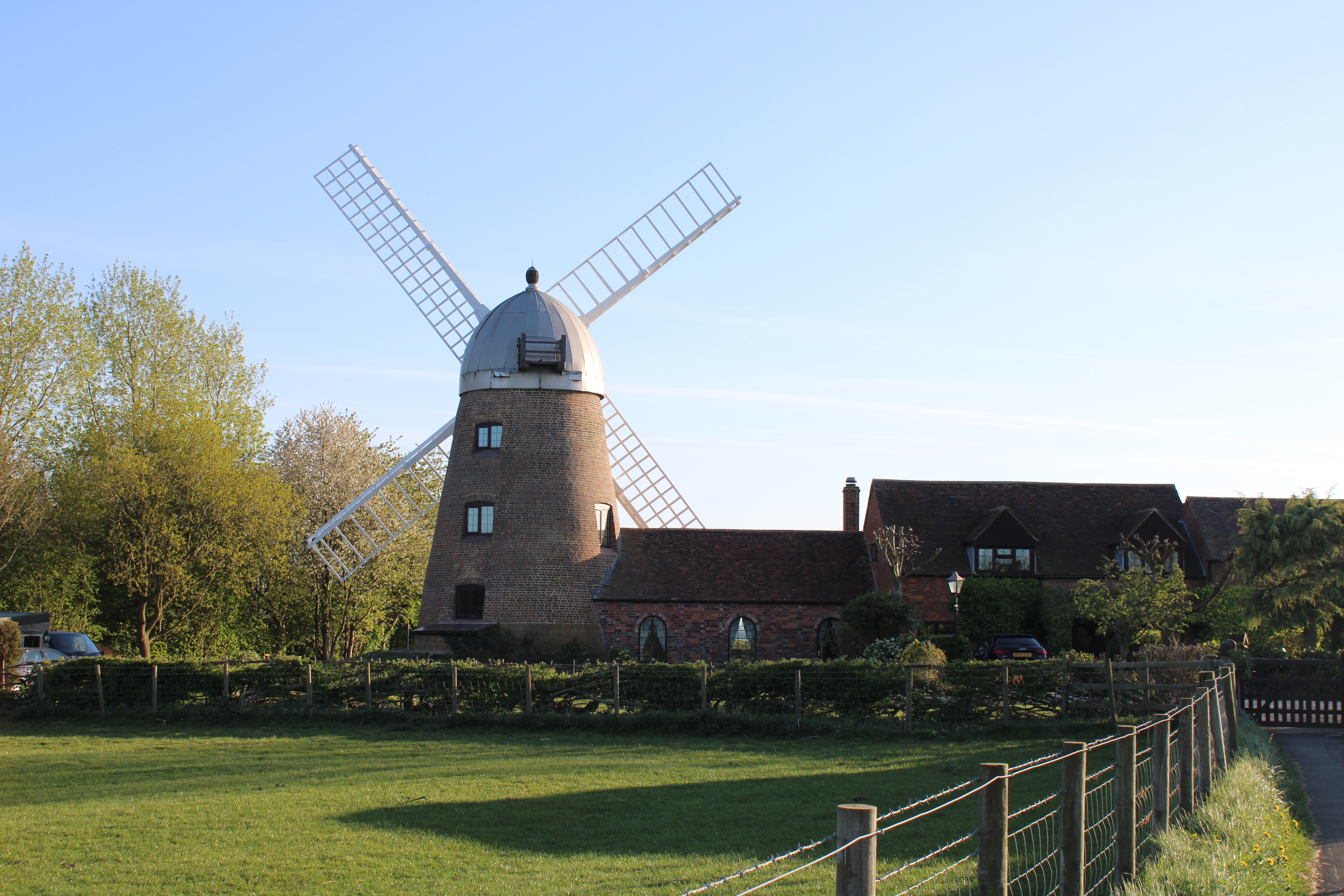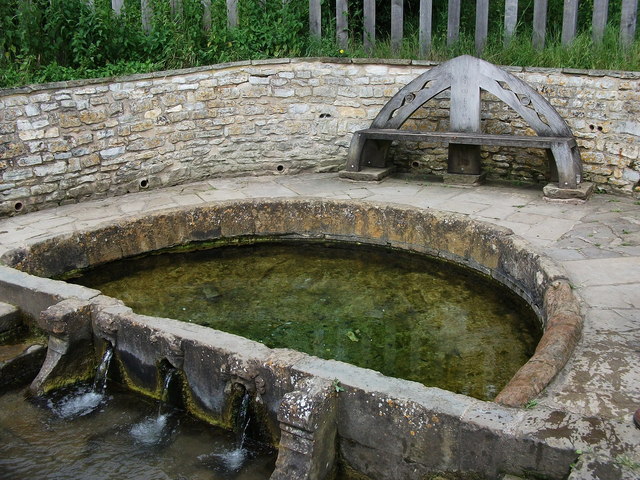|
2003 Stratford-on-Avon Council Election
The 2003 Stratford-on-Avon District Council election took place on 1 May 2003 to elect members of Stratford-on-Avon (district), Stratford-on-Avon Non-metropolitan district, District Council in Warwickshire, England. One third of the council was up for election and the Conservative Party (UK), Conservative Party gained overall control of the council from no overall control. After the election, the composition of the council was *Conservative Party (UK), Conservative 27 *Liberal Democrats (UK), Liberal Democrat 22 *Independent (politician), Independent 3 *Labour Party (UK), Labour 1 Campaign Before the election the Conservatives were one seats short of having a majority on the council with 26 seats, as compared to 22 for the Liberal Democrats (UK), Liberal Democrats, 2 Labour Party (UK), Labour and 3 Independent (politician), independents. 16 seats were contested in the election with the Liberal Democrats defending the most seats. Council tax levels were the major issue in the elec ... [...More Info...] [...Related Items...] OR: [Wikipedia] [Google] [Baidu] |
Stratford-on-Avon (district)
Stratford-on-Avon is a local government district in southern Warwickshire, England. The district is named "Stratford-on-Avon" unlike its main town of Stratford-upon-Avon where the district council is based. The district is mostly rural and covers most of the southern half of Warwickshire. As well as Stratford, other significant places in the district includes the towns of Alcester, Southam, Shipston-on-Stour and Henley-in-Arden, and the large villages of Bidford-on-Avon, Studley and Wellesbourne, plus numerous other smaller villages and hamlets. It borders the Warwickshire districts of Warwick to the north, and Rugby to the north-east. It also borders the neighbouring counties of the West Midlands, Worcestershire, Gloucestershire, Oxfordshire, and Northamptonshire. History The district was formed on 1 April 1974 under the Local Government Act 1972 by the merger of the municipal borough of Stratford-upon-Avon, Alcester Rural District, Shipston-on-Stour Rural District, Southa ... [...More Info...] [...Related Items...] OR: [Wikipedia] [Google] [Baidu] |
Council Tax
Council Tax is a local taxation system used in England, Scotland and Wales. It is a tax on domestic property, which was introduced in 1993 by the Local Government Finance Act 1992, replacing the short-lived Community Charge The Community Charge, commonly known as the poll tax, was a system of taxation introduced by Margaret Thatcher's government in replacement of domestic rates in Scotland from 1989, prior to its introduction in England and Wales from 1990. It pr ..., which in turn replaced the domestic rates. Each property is assigned one of eight bands in England and Scotland (A to H), or nine bands in Wales (A to I), based on property value, and the tax is set as a fixed amount for each band. The more valuable the property, the higher the tax, except for properties valued above £320,000 (in 1991 prices). Some property is exempt from the tax, and some people are exempt from the tax, while some get a discount. In 2011, the average annual levy on a property in England was ... [...More Info...] [...Related Items...] OR: [Wikipedia] [Google] [Baidu] |
2003 English Local Elections
3 (three) is a number, numeral and digit. It is the natural number following 2 and preceding 4, and is the smallest odd prime number and the only prime preceding a square number. It has religious or cultural significance in many societies. Evolution of the Arabic digit The use of three lines to denote the number 3 occurred in many writing systems, including some (like Roman and Chinese numerals) that are still in use. That was also the original representation of 3 in the Brahmic (Indian) numerical notation, its earliest forms aligned vertically. However, during the Gupta Empire the sign was modified by the addition of a curve on each line. The Nāgarī script rotated the lines clockwise, so they appeared horizontally, and ended each line with a short downward stroke on the right. In cursive script, the three strokes were eventually connected to form a glyph resembling a with an additional stroke at the bottom: ३. The Indian digits spread to the Caliphate in the 9th ... [...More Info...] [...Related Items...] OR: [Wikipedia] [Google] [Baidu] |
Electronic Voting
Electronic voting (also known as e-voting) is voting that uses electronic means to either aid or take care of casting and counting ballots. Depending on the particular implementation, e-voting may use standalone ''electronic voting machines'' (also called EVM) or computers connected to the Internet (online voting). It may encompass a range of Internet services, from basic transmission of tabulated results to full-function online voting through common connectable household devices. The degree of automation may be limited to marking a paper ballot, or may be a comprehensive system of vote input, vote recording, data encryption and transmission to servers, and consolidation and tabulation of election results. A worthy e-voting system must perform most of these tasks while complying with a set of standards established by regulatory bodies, and must also be capable to deal successfully with strong requirements associated with security, accuracy, integrity, swiftness, privacy, audita ... [...More Info...] [...Related Items...] OR: [Wikipedia] [Google] [Baidu] |
Voter Turnout
In political science, voter turnout is the participation rate (often defined as those who cast a ballot) of a given election. This can be the percentage of registered voters, eligible voters, or all voting-age people. According to Stanford University political scientists Adam Bonica and Michael McFaul, there is a consensus among political scientists that "democracies perform better when more people vote." Institutional factors drive the vast majority of differences in turnout rates.Michael McDonald and Samuel Popkin"The Myth of the Vanishing Voter"in American Political Science Review. December 2001. p. 970. For example, simpler parliamentary democracies where voters get shorter ballots, fewer elections, and a multi-party system that makes accountability easier see much higher turnout than the systems of the United States, Japan, and Switzerland. Significance Some parts of society are more likely to vote than others. As turnout approaches 90%, significant differences between vot ... [...More Info...] [...Related Items...] OR: [Wikipedia] [Google] [Baidu] |
Napton-on-the-Hill
Napton on the Hill, often referred to locally as just Napton, is a village and civil parish east of Southam in Warwickshire, England. The population of the civil parish taken at the 2011 census was 1,144. Manor The toponym Napton is derived from the Old English ''cnæpp'' meaning 'hilltop' and ''tūn'' meaning 'settlement' in the Old English language. In 1086 the ''Domesday Book'' recorded the village as ''Neptone''. The hill on which the village is built is just over above sea level, commanding the remainder of the parish which for the most part is at a height of about . The ''Domesday Book'' records that in 1086 Robert de Beaumont, Count of Meulan held the principal manor of Napton. In 1107 Henry I made de Beaumont Earl of Leicester and de Beaumont's manor at Napton became part of the honour of Leicester Castle. When Robert de Beaumont, 4th Earl of Leicester died in 1204 leaving no male heir his estates were divided between his two sisters. Napton was included in the h ... [...More Info...] [...Related Items...] OR: [Wikipedia] [Google] [Baidu] |
Stockton, Warwickshire
Stockton is a village and civil parish, in the Stratford-on-Avon district of Warwickshire, England. In the 2001 Census it had a population of 1,391, falling to 1,347 at the 2011 Census. The village is located just to the east of the A426 road two miles north-east of Southam, and eight miles south-west of Rugby. Stockton's name was first recorded in 1272, the name meaning 'a fenced enclosure'. During the 19th century, it developed as an industrial village. Economy Today Stockton is largely a commuter village. Industry Stockton has long been associated with the manufacture of lime and cement. The village is surrounded by areas of blue lias clay, a raw material used in cement manufacture. This is reflected in the name of a nearby pub, the 'Blue Lias', beside the Grand Union Canal on the road to Long Itchington (the title-deeds of the pub date back to 1809). As early as the 1850s workings in the area were extensive and the quarries in Stockton were among the first to be dug. B ... [...More Info...] [...Related Items...] OR: [Wikipedia] [Google] [Baidu] |
Southam
Southam () is a market town and civil parish in the Stratford-on-Avon district of Warwickshire, England. Southam is situated on the River Stowe (called 'The Brook' by many locals), which flows from Napton-on-the-Hill and joins Warwickshire's River Itchen at Stoneythorpe, just outside the town. In the 2021 census, the population of Southam was 8,114, increased from 6,567 in 2011. History Southam was a Royal manor until AD 998, when Ethelred the Unready granted it to Earl Leofwine. When Coventry Priory was founded in 1043, Leofwine's son Leofric, Earl of Mercia granted Southam to it. The Domesday Book records the manor as "''Sucham''". The Priory, which in the 12th century became the first Coventry Cathedral, kept Southam until the 16th century when it surrendered all its estates to the Crown in the Dissolution of the Monasteries. Southam developed at the intersection of several roads: the main road between Coventry and Oxford (now the A423 road), the main road from Wa ... [...More Info...] [...Related Items...] OR: [Wikipedia] [Google] [Baidu] |
Coventry Evening Telegraph
The ''Coventry Telegraph'' is a local English tabloid newspaper. It was founded as ''The Midland Daily Telegraph'' in 1891 by William Isaac Iliffe, and was Coventry's first daily newspaper. Sold for half a penny, it was a four-page broadsheet newspaper. It changed its name to the ''Coventry Evening Telegraph'' on 17 November 1941. On 2 October 2006, the ''Telegraph'' simply became the ''Coventry Telegraph'', reflecting its switch to a morning publication. The newspaper became a part of the then Mirror Group (prior to its merger with Trinity to become Trinity Mirror), in 1997. In April 2022, the publication had a paid daily circulation of just over 6,183 copies. Trinity Mirror is now known as Reach plc. Historical copies of the ''Coventry Telegraph'', dating back to 1914, are available to search and view in digitised form at the British Newspaper Archive. History The only day the newspaper was unable to publish was 15 November 1940, owing to the blitz raid on the city. From 19 ... [...More Info...] [...Related Items...] OR: [Wikipedia] [Google] [Baidu] |
Wards Of The United Kingdom
The wards and electoral divisions in the United Kingdom are electoral districts at sub-national level, represented by one or more councillors. The ward is the primary unit of English electoral geography for civil parishes and borough and district councils, the electoral ward is the unit used by Welsh principal councils, while the electoral division is the unit used by English county councils and some unitary authorities. Each ward/division has an average electorate of about 5,500 people, but ward population counts can vary substantially. As of 2021 there are 8,694 electoral wards/divisions in the UK. England The London boroughs, metropolitan boroughs and non-metropolitan districts (including most unitary authorities) are divided into wards for local elections. However, county council elections (as well as those for several unitary councils which were formerly county councils, such as the Isle of Wight and Shropshire Councils) instead use the term ''electoral division''. In s ... [...More Info...] [...Related Items...] OR: [Wikipedia] [Google] [Baidu] |
Stratford-upon-Avon
Stratford-upon-Avon (), commonly known as just Stratford, is a market town and civil parish in the Stratford-on-Avon district, in the county of Warwickshire, in the West Midlands region of England. It is situated on the River Avon, north-west of London, south-east of Birmingham and south-west of Warwick. The town is the southernmost point of the Arden area on the edge of the Cotswolds. In the 2021 census Stratford had a population of 30,495; an increase from 27,894 in the 2011 census and 22,338 in the 2001 Census. Stratford was originally inhabited by Britons before Anglo-Saxons and remained a village before the lord of the manor, John of Coutances, set out plans to develop it into a town in 1196. In that same year, Stratford was granted a charter from King Richard I to hold a weekly market in the town, giving it its status as a market town. As a result, Stratford experienced an increase in trade and commerce as well as urban expansion. Stratford is a popular touris ... [...More Info...] [...Related Items...] OR: [Wikipedia] [Google] [Baidu] |
Birmingham Post
The ''Birmingham Post'' is a weekly printed newspaper based in Birmingham, England, with a circulation of 2,545 and distribution throughout the West Midlands. First published under the name the ''Birmingham Daily Post'' in 1857, it has had a succession of distinguished editors and has played an influential role in the life and politics of the city. It is currently owned by Reach plc. In June 2013, it launched a daily tablet edition called ''Birmingham Post Business Daily.'' History The '' Birmingham Journal'' was a weekly newspaper published between 1825 and 1869. A nationally influential voice in the Chartist movement in the 1830s, it was sold to John Frederick Feeney in 1844 and was a direct ancestor of today's ''Birmingham Post''. The 1855 Stamp Act removed the tax on newspapers and transformed the news trade. The price of the ''Journal'' was reduced from seven pence to four pence and circulation boomed. Untaxed, it became possible to sell a newspaper for a penny, and the ... [...More Info...] [...Related Items...] OR: [Wikipedia] [Google] [Baidu] |






